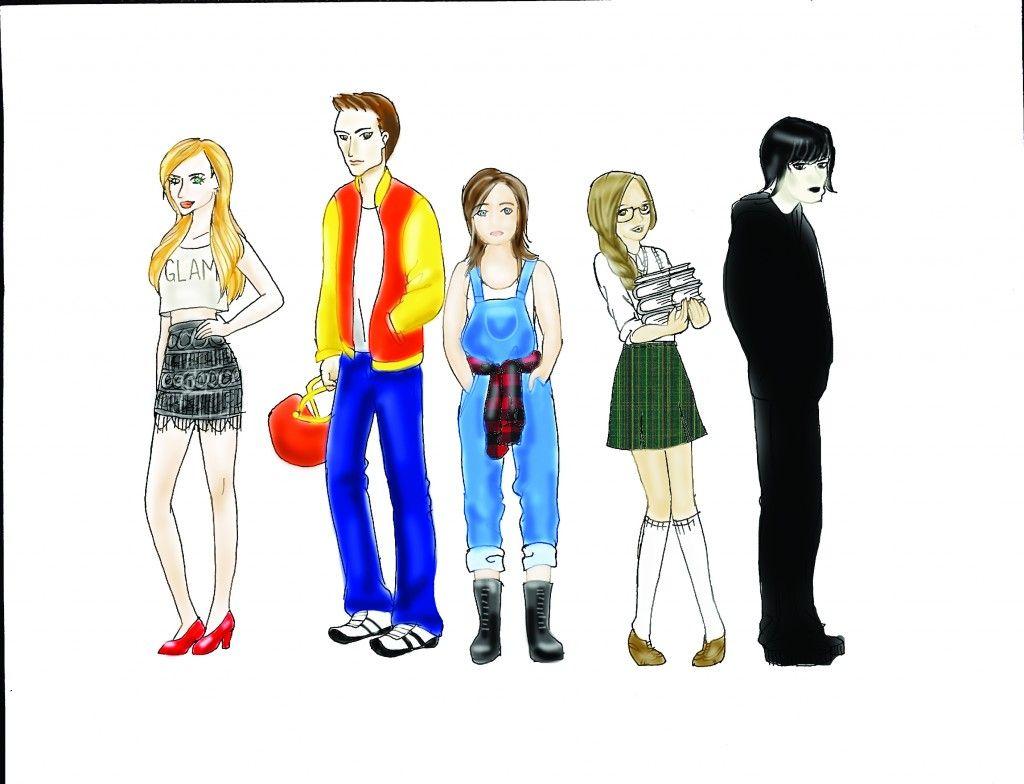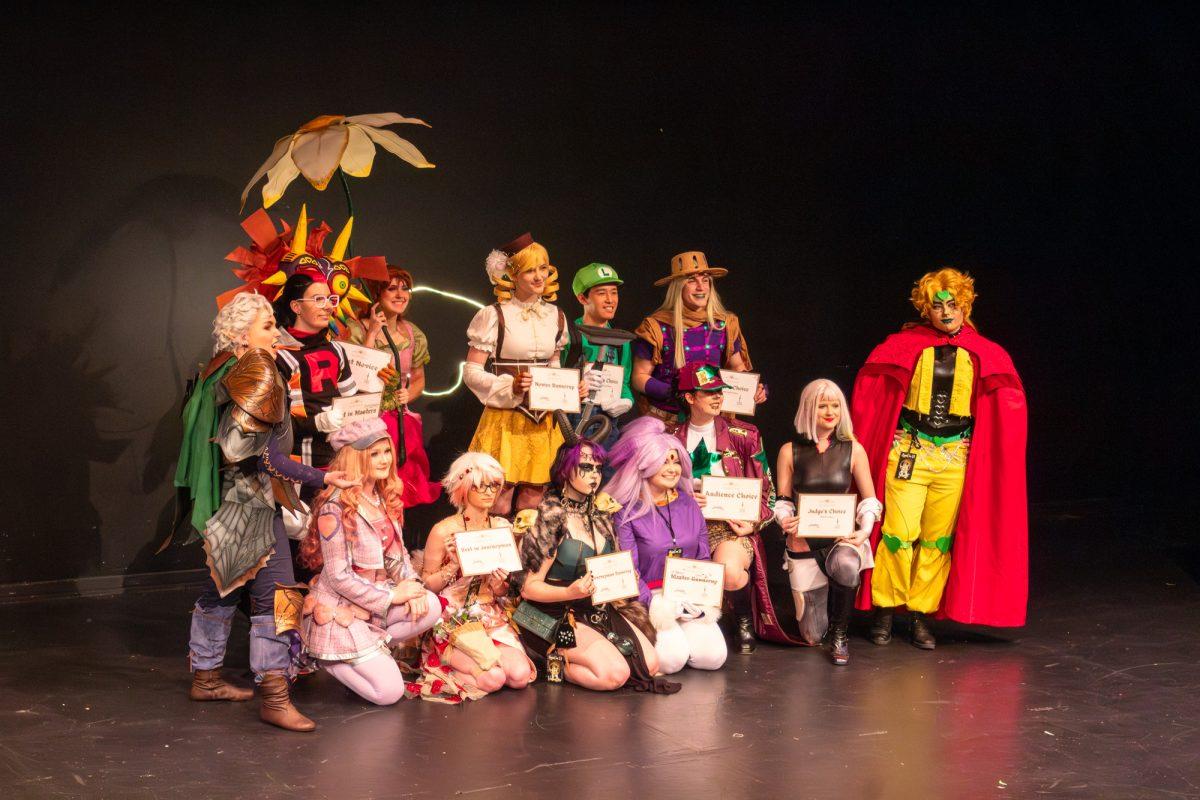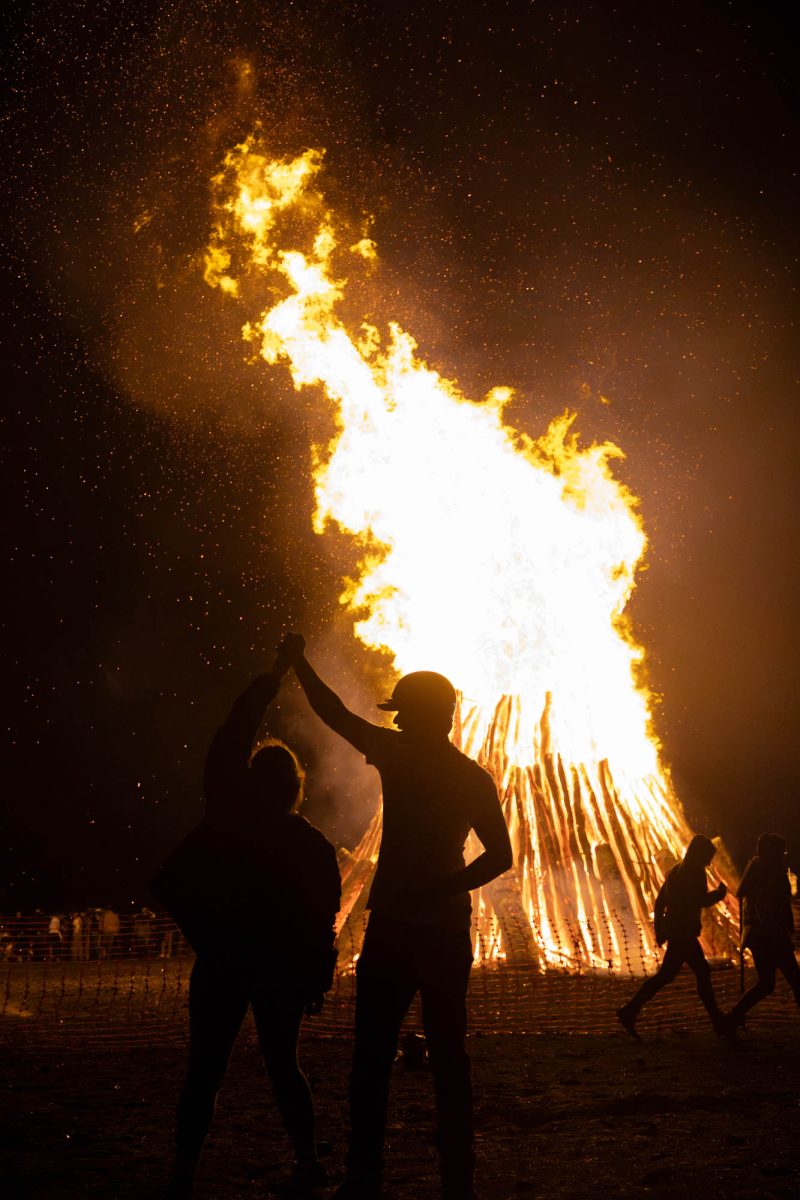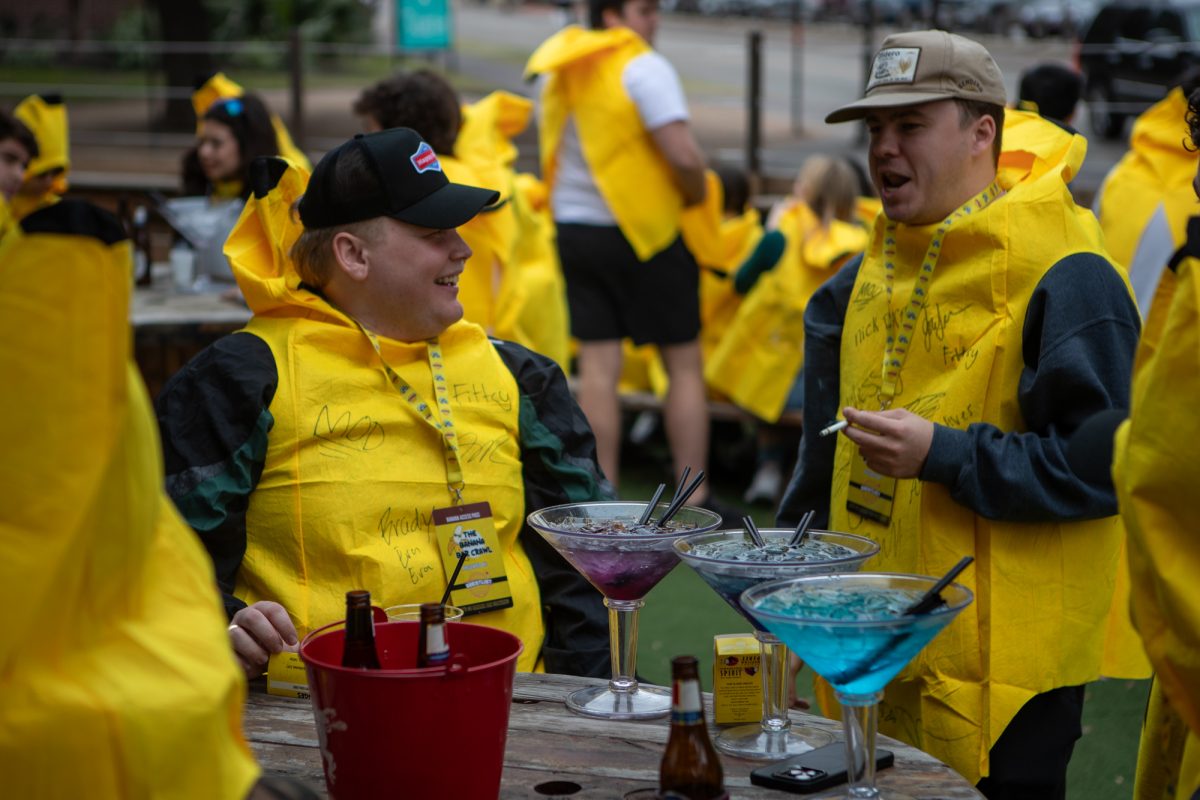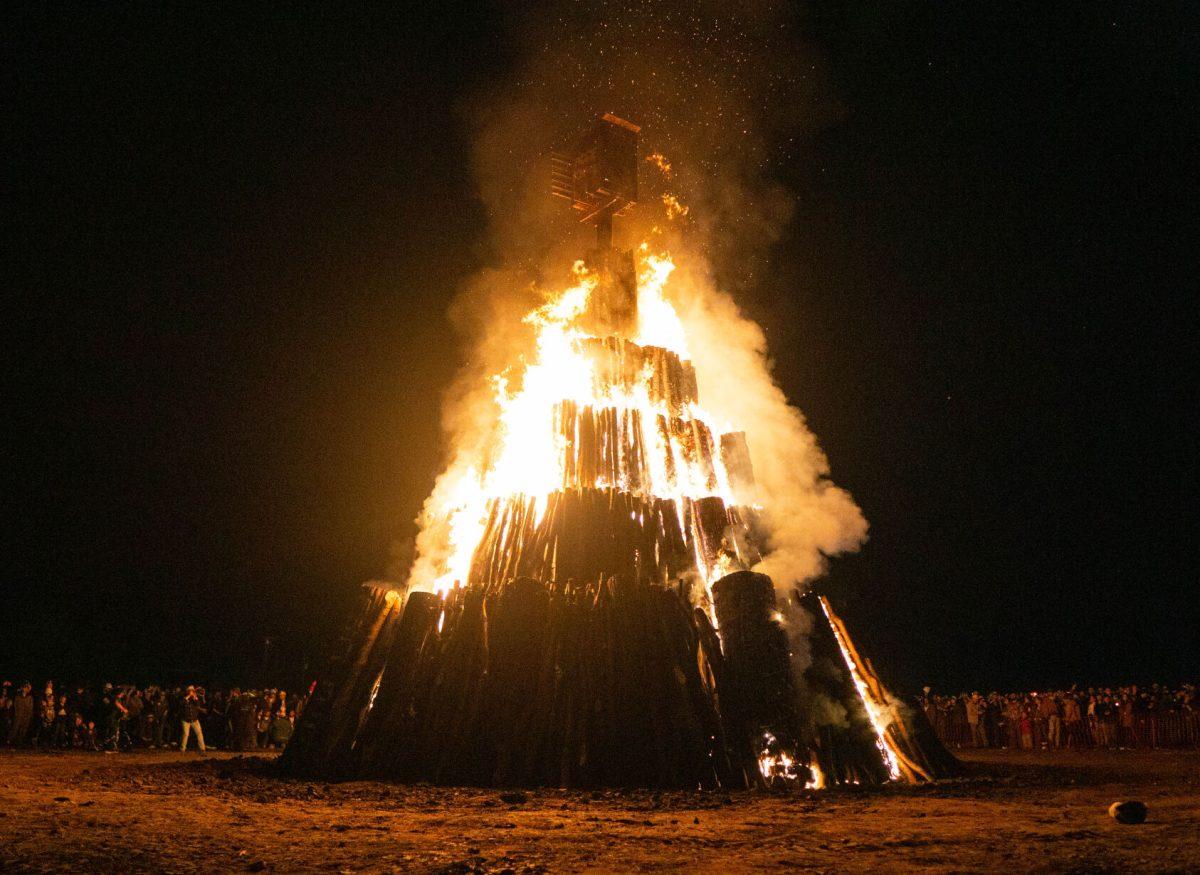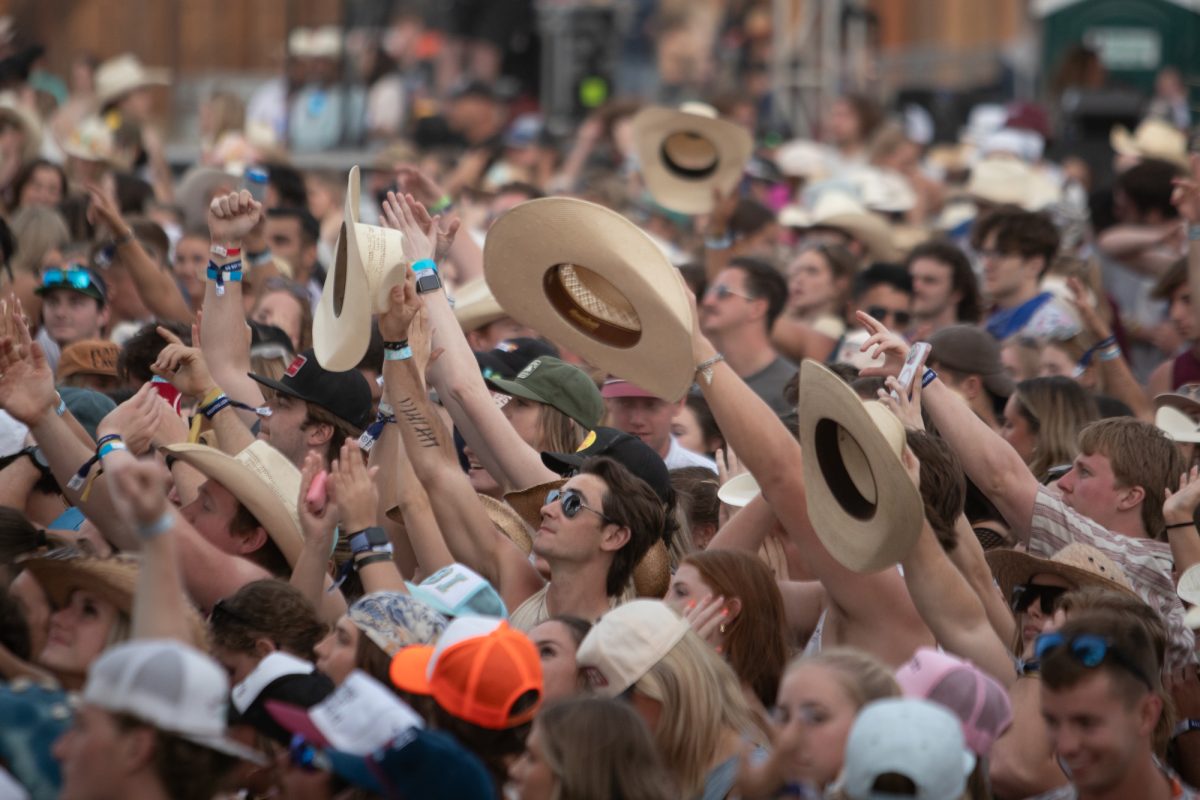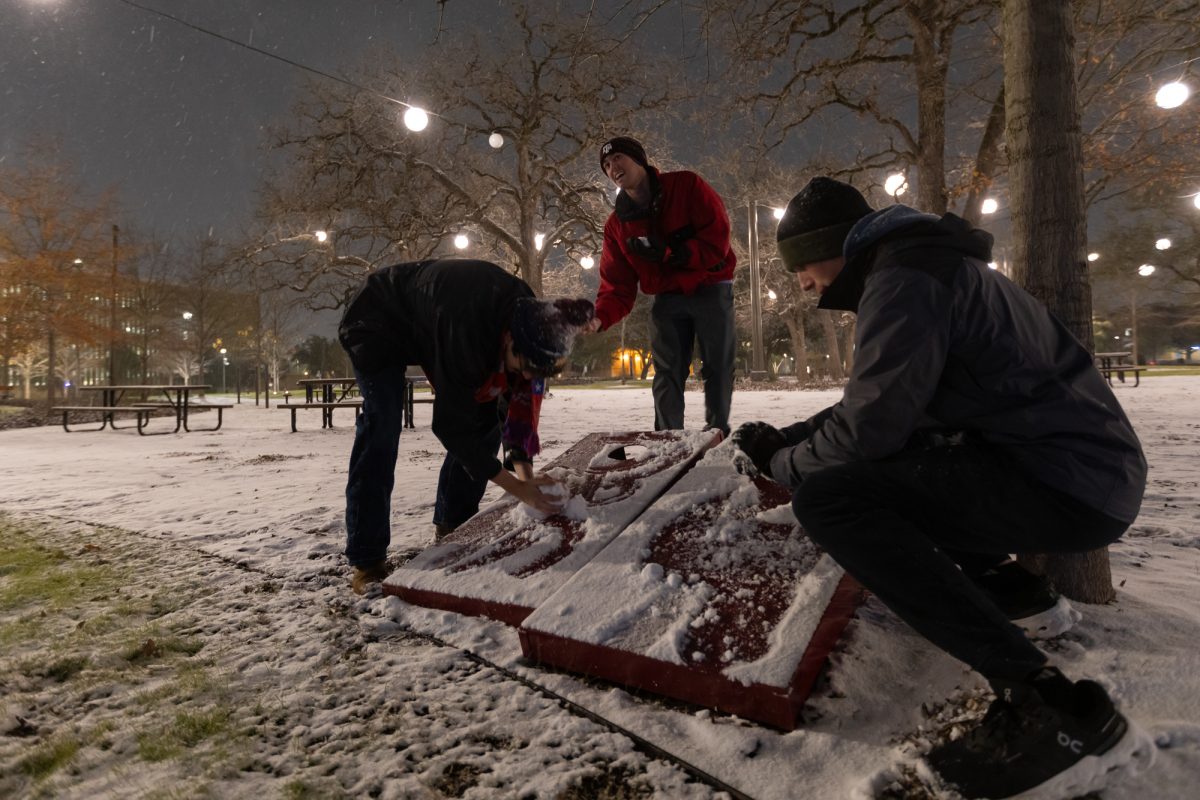Teen high school movies have been setting the tone for how “the best years of your life” are supposed to operate for quite a while now.
In 1985, John Hughes presented five adolescents, each from a different stereotypical archetype, locked up in a Saturday detention. And in 1986, he gave us Andie Walsh (Molly Ringwald), the pink-wearing high school outcast who is constricted by the social hierarchy when she crushes on popular and preppy Blane McDonough (Andrew McCarthy.)
There are a number of movies that were part of our adolescence, and you can take your pick (“A Cinderella Story,” “Pretty In Pink,” “10 Things I Hate About You” “The Breakfast Club,” “Grease,” “She’s All That,” “Easy A,” “Mean Girls,” “Sixteen Candles”) but it’s difficult to overlook the fact that they had at least some influence in preparing us for what high school would be like — and maybe raising our expectations a little too high.
These movies taught us that high school social order was black and white — there were the jocks, the nerds, the popular kids, the losers, the goths, the musicians, the stoners — and that the people in these groups were easy to recognize. However, once 9th grade rolled around, it turned out things were not so simple.
Enter “The Duff,” a movie about a high school girl, Bianca (Mae Whitman), who is informed by her childhood guy friend Wesley (Robbie Amell) that she is the “Designated Ugly Fat Friend” and embarks on a mission, with the help of Wesley, to un-duff herself.
The movie differs from its high school movie predecessors in the fact that the characteristics of certain stereotypes now overlap. Bianca’s own best friends have hobbies and labels that derive from a handful of different archetypes; one of them is attractive, Buddhist, a fashion designer, and the other is “the tough one,” also attractive, but also computer savvy, specializing in hacking. Hollywood has obviously picked up on the fact that it’s not fooling anyone anymore with its usual high school pigeonholing.
Bianca’s character herself clashes against the traditional beauty of an outcast depicted in high school movies. She has a more realistic, average body type, her personality (her sense of humor, her intelligence, her loyalty) stands out more than her attractiveness, and she is generally more independent and angsty than the female protagonists that came before her in these types of movies, with the exception of maybe Sam Montgomery (Hillary Duff) in “A Cinderella Story.”
Another major issue in the movie is the power of the Internet and cyberbullying, one that was also touched on in “Easy A” when news of a rumor travelled lightning fast throughout the student body. Bianca is spied on and videotaped by the sidekick of the mean girl in the movie, and personal information is released to the entire school by means of video sharing. The protagonist is crushed and humiliated, rightfully so, especially due to the fact that the object of the personal information disclosed, her crush on a classmate, has also seen the video.
However, with Wesley’s guidance, Bianca owns her embarrassment and confronts her crush, Toby, about the video and asks him out. Toby ends up not making the cut, leading her on only for Bianca to realize that he was hoping to get to her two attractive friends through her.
But a high school movie is not a high school movie without the outcast protagonist ending up with the popular, attractive jock in the end.
Another grand difference between “The Duff” and other high school-themed movies is the love interests’ plotline. First off, Bianca and Wesley have actually known each other since birth. Bianca is acquainted, and sometimes annoyed, with her neighbor, the popular jock of the movie, which is usually not the case. And second, towards the end of the movie, at the inevitable homecoming dance, Bianca is the one to approach Wesley to convey how she feels about him and is initially turned down, which is also usually not the case. However, as is hinted throughout the film with signs of Wesley’s changing attitude about Bianca and his falling for her, he breaks up with the movie’s typical “mean girl” by declining his homecoming crown, striding across the ballroom to Bianca and kissing her.
Bianca is something similar to the 21st century’s Andie Walsh. Even the movie makes that comparison when Bianca recreates her own dress for Homecoming, taking an old red flannel that she wore in her “Duff” days and combining it with a sleek black dress that came into her possession during her transformation, a move pulled by Molly Ringwald’s character in “Pretty In Pink.”
So yeah, for all intents and purposes, “The Duff” is just another teen high school movie, geared towards preteen and young teenage girls. But a lot of the typical, predictable pigeonholing has changed. There is no escaping these types of movies, but in the very least, it’s nice to see something slightly more reminiscent of high school reality.
Duff’-initely funny
February 22, 2015
0
Donate to The Battalion
$410
$2500
Contributed
Our Goal
Your donation will support the student journalists of Texas A&M University - College Station. Your contribution will allow us to purchase equipment and cover our annual website hosting costs, in addition to paying freelance staffers for their work, travel costs for coverage and more!
More to Discover




